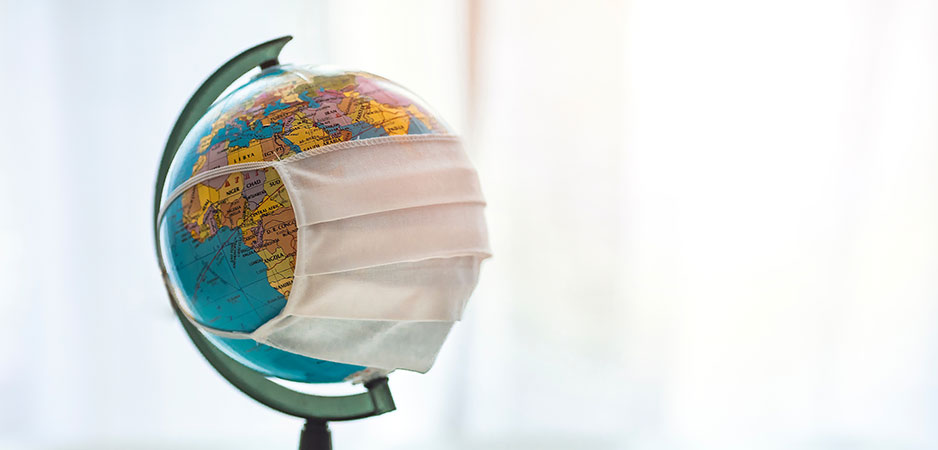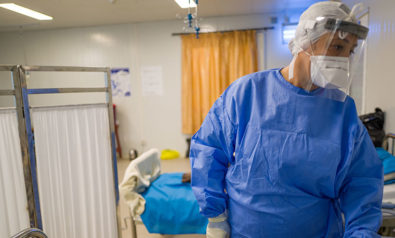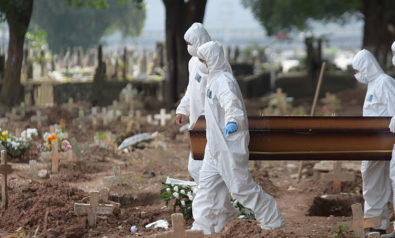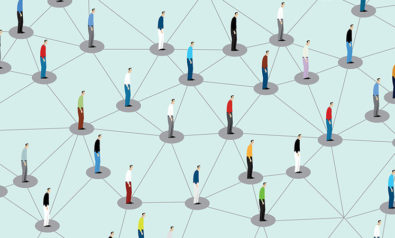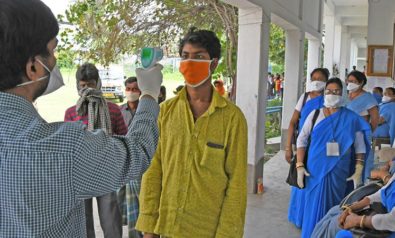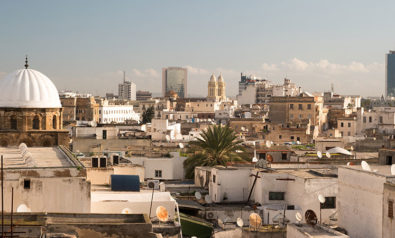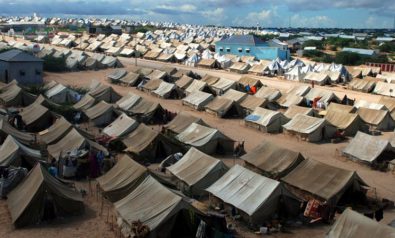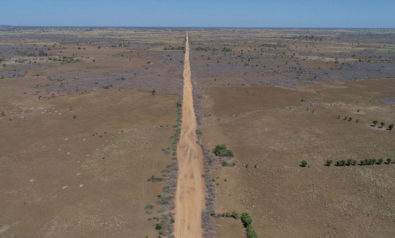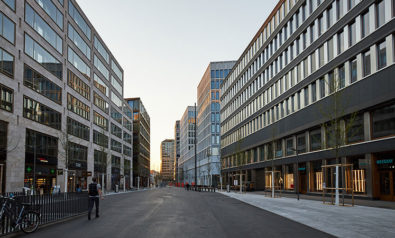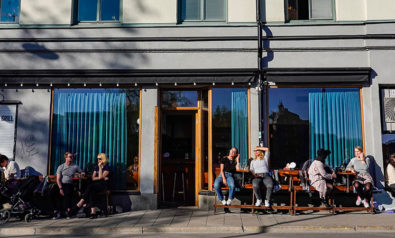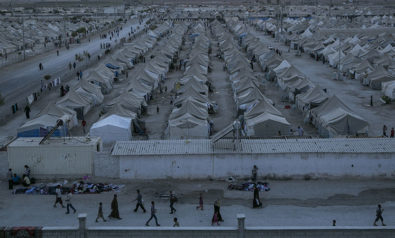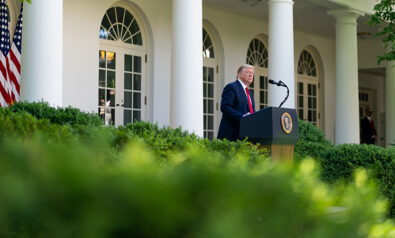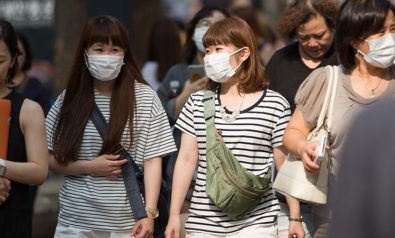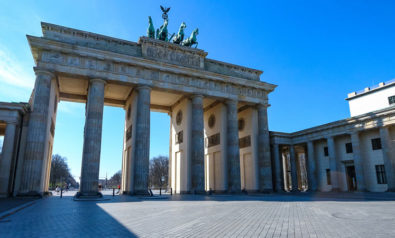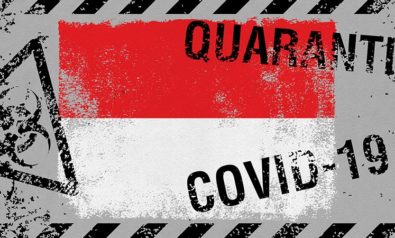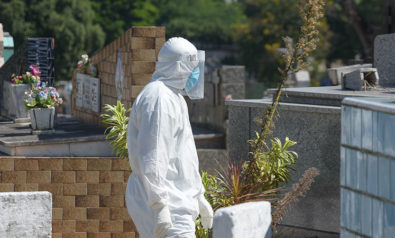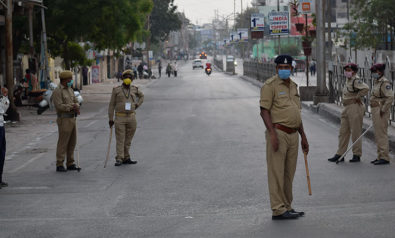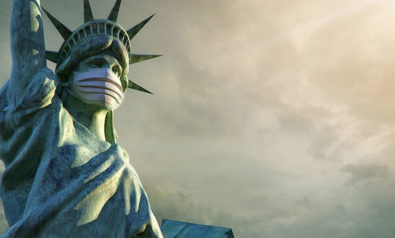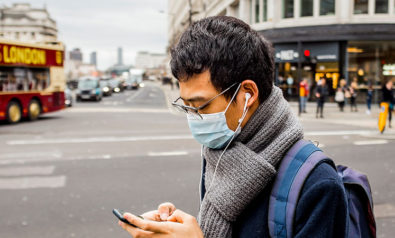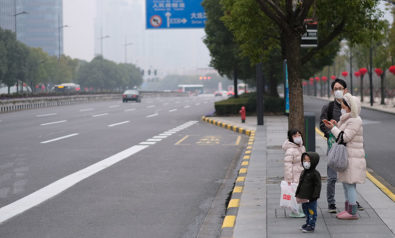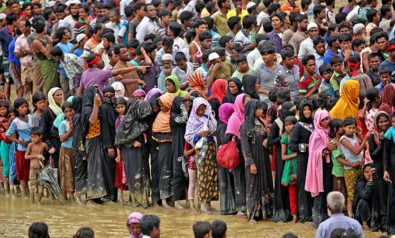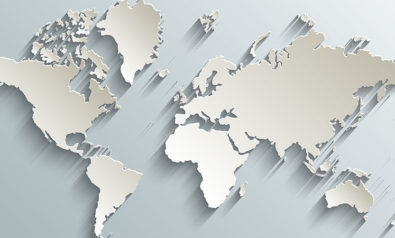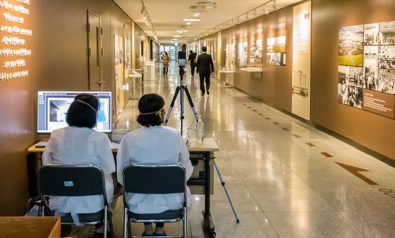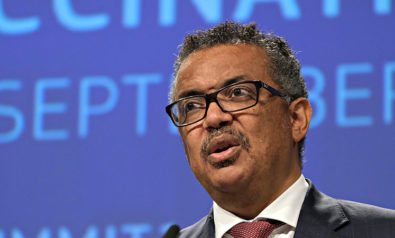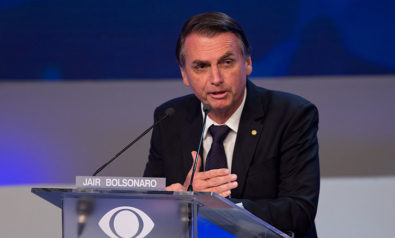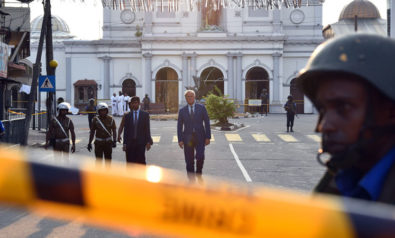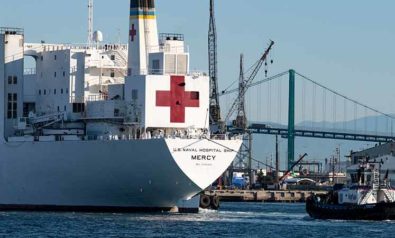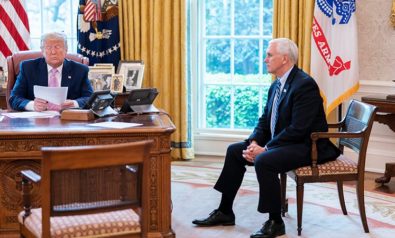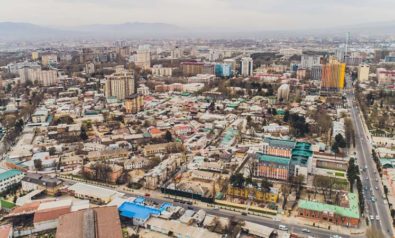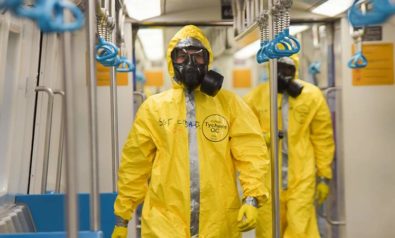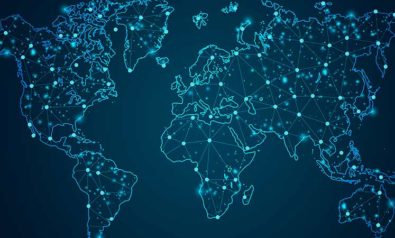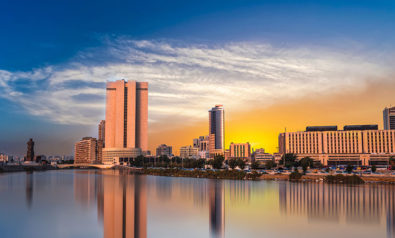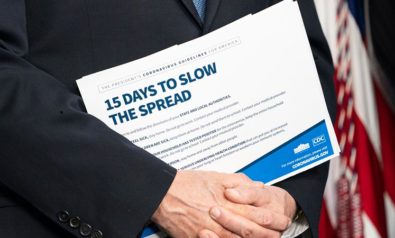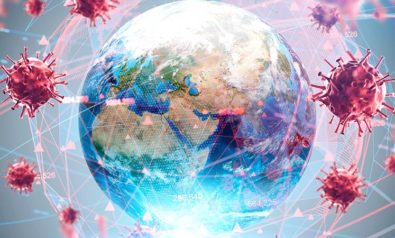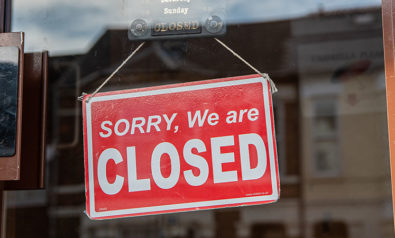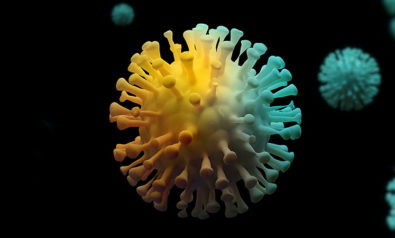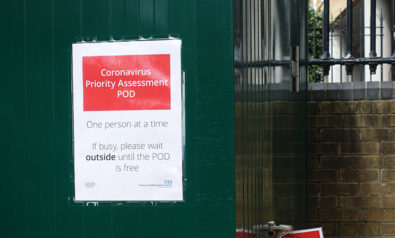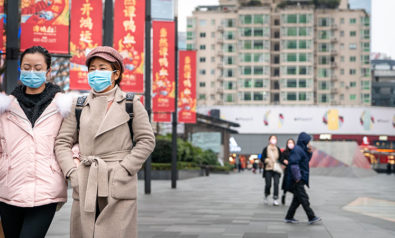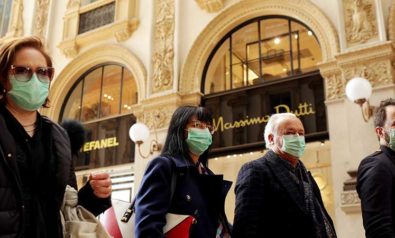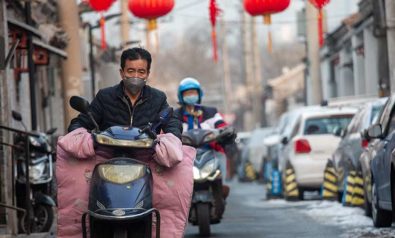Editor’s Note: These are unprecedented times. A global pandemic has changed life as we know it. In recent months, Fair Observer has examined the crisis through political, economic and social lenses, publishing articles from around the world. The result is three 360° series that we urge you to read. You too can get involved in the conversation by sending us your perspective.
COVID-19, the disease caused by the novel coronavirus known as SARS-CoV-2, has unleashed a terrifying pandemic. Originating in China, the coronavirus has spread rapidly around the world and has killed nearly half a million people to date.
In humans, coronaviruses cause respiratory tract infections, such as the mild common cold as well as the dangerous severe acute respiratory syndrome (SARS) and the Middle East respiratory syndrome (MERS). SARS-CoV-2 is the deadliest and most contagious coronavirus so far. No vaccines or antiviral drugs can, so far, prevent or effectively treat COVID-19 infections.
The Story of COVID-19
Scientists tell us that COVID-19 is a classic example of cross-species transmission. Simply put, this means viruses that jump from one species to another. The consensus is that the new coronavirus first appeared in a market in Wuhan where fresh fruits and vegetables are sold along with live fish, birds and animals. The virus is understood to have jumped from a bat to another animal and then to humans.
Wuhan is the capital of Hubei province. With 11 million people, it is the most populous city in central China. Here, the Han River flows into the mighty Yangtze. It is a major manufacturing and transportation hub. With “over 350 research institutes, 1,656 hi-tech enterprises, numerous enterprise incubators and investments from 230 Fortune Global 500 firms,” Wuhan is extremely well-connected globally.
Scroll down to read more in this 360° series
Click here to read our full coverage on the coronavirus pandemic
It is no surprise that the virus spread easily from here to other Chinese cities and then to the rest of the world. On January 3, China reported 44 cases of COVID-19, with 11 in critical condition. Within weeks, this number exploded. First, other countries in Asia were affected. Then, the coronavirus reached Italy and then other European countries. Finally, it descended on the United States, where President Donald Trump belatedly declared a national emergency on March 13, before going on to attack South America.
Soon, country after country went into lockdown as the disease spread. Authorities have reacted in such a draconian manner because the virus appears to spread so easily. While data is still being accumulated and processed, some studies seem to suggests that as many as 80% of those infected may be asymptomatic carriers, meaning they unknowingly pass on the disease to others. Many experience only mild symptoms that are similar to the common cold and recover without any special treatment. They too are carriers of the disease.
For some people, though, COVID-19 is extremely dangerous. Older people and those with underlying medical problems such as cardiovascular disease, diabetes, chronic respiratory disease and cancer are more likely to develop serious illness, including pneumonia. Some do not survive.
Confirmed cases are estimated to be only the tip of the iceberg. Many go unreported. Testing is still low even in many developed countries. In the developing world, it is lower still. The real number of those who have contracted COVID-19 is unknown, as is the number of total deaths, with many occurring in the community setting or without adequate testing.
Why Does COVID-19 Matter?
There have been pandemics before. During World War I, H1N1 viruses with genes of avian origin caused a deadly influenza. The 1918-19 Spanish flu pandemic affected an estimated 500 million people, a third of the then-global population of 1.5 billion. At least 50 million, a staggering 10% of those infected, might have died, while some estimates reach as high as 100 million.
Pandemics like HIV/AIDS, SARS, MERS, Ebola, Zika, avian and swine flu have also occurred in the recent past. The 2009 swine flu, caused by a novel H1N1 virus, was particularly contagious. An estimated 60.8 million cases, over 274,000 hospitalizations and nearly 12,500 deaths occurred in the US alone. Globally, more than half a million might have died of this H1N1 virus. A key research paper calculated that between 11% to 21% of the global population, up to a billion people, might have been affected.
COVID-19 is the most dangerous pandemic since the Spanish flu. First, according to Tedros Adhanom Ghebreyesus, the head of the World Health Organization, the new coronavirus is “10 times deadlier than the 2009 flu pandemic.” The COVID-19 pandemic demonstrates that, even in the richest economies on the planet, humans are still humans. Zoonotic infections, diseases that spread from other species to humans, are on the rise. Two-thirds of the 335 new infectious diseases scientists have identified since 1940 originate in wildlife, particularly bats. With COVID-19 highlighting acute human vulnerability, infectious diseases and public health are fairly and squarely in the public eye.
Second, COVID-19 is likely to change the nature of the state just as the Black Death did in 14th-century Europe. Political leaders have imposed quarantines, travel bans and unprecedented lockdowns. Executive power has expanded exponentially. Many fear that after the pandemic ends, these extraordinary emergency powers will become staple features of illiberalism.
Third, COVID-19 is dismantling the post-World War II order and its institutions. Donald Trump has called COVID-19 the “Chinese virus,” and the US State Department has pushed for the G7 to call it the “Wuhan virus.” This has ratcheted up US-China tensions. The US president has also halted funding to the WHO for what he considers to be a too-cozy relationship with China. Competition, not cooperation, seems to be the order of the day, and international institutions are weakening dramatically. Countries are competing for equipment and medicines. They are racing each other to come up with a vaccine. Companies are doing the same.
Fourth, COVID-19 has caused the biggest economic earthquake since the Great Depression of 1929. The free flow of goods, services and people has come to a halt. Supply chains stand disrupted. Demand has dried up. Deficits, debt and unemployment have exploded. Hundreds of millions of people are not working across the world. No financial model factored in COVID-19, and a financial crisis of historic proportions looms ahead.
Fifth, COVID-19 puts the environment in sharp focus. In cities around the world, the air is cleaner, the skies bluer and the birds chirpier. It is now obvious that the world could be a more pleasant place to live if pollution were just a bit lower. If things go back to normal after the pandemic ends, climate change will continue to wreak havoc on an immensely complex ecological system. This threatens to unleash bacterial and viral infections that currently lie dormant in tissue and cells or under now-melting permafrost. Both environmental scenarios are much more tangible than before.
Finally, COVID-19 is having profoundly incalculable effects on society. On the one hand, solidarity is increasing, with many people helping neighbors and displaying kindness to strangers. On the other hand, some are being victimized. Racism against Asians and other minorities is on the rise in the West and elsewhere, as is antagonism against anyone seen as spreading the disease, as is the case with African expats in China. Domestic abuse has drastically increased not only in poor countries like India and Pakistan, but also in richer ones like the United Kingdom and France.
Interesting trends are emerging. Because more than half the world’s population has been forced to largely stay at home, working remotely is on the rise, and many classes have shifted online. Restaurants have closed. Some people are eating more healthily, but most are not. In the US, alcohol and marijuana sales are up, as is the consumption of television, gaming and pornography. In poor countries, people are struggling to put food on the table are and living in hunger or in fear of it.
All of these factors will leave long-lasting effects on the social fabric. COVID-19 is creating a new world the full contours of which will take a while to reveal themselves.
The views expressed in this article are the author’s own and do not necessarily reflect Fair Observer’s editorial policy.
For more than 10 years, Fair Observer has been free, fair and independent. No billionaire owns us, no advertisers control us. We are a reader-supported nonprofit. Unlike many other publications, we keep our content free for readers regardless of where they live or whether they can afford to pay. We have no paywalls and no ads.
In the post-truth era of fake news, echo chambers and filter bubbles, we publish a plurality of perspectives from around the world. Anyone can publish with us, but everyone goes through a rigorous editorial process. So, you get fact-checked, well-reasoned content instead of noise.
We publish 2,500+ voices from 90+ countries. We also conduct education and training programs on subjects ranging from digital media and journalism to writing and critical thinking. This doesn’t come cheap. Servers, editors, trainers and web developers cost money.
Please consider supporting us on a regular basis as a recurring donor or a sustaining member.
Support Fair Observer
We rely on your support for our independence, diversity and quality.
Will you support FO’s journalism?
We rely on your support for our independence, diversity and quality.

